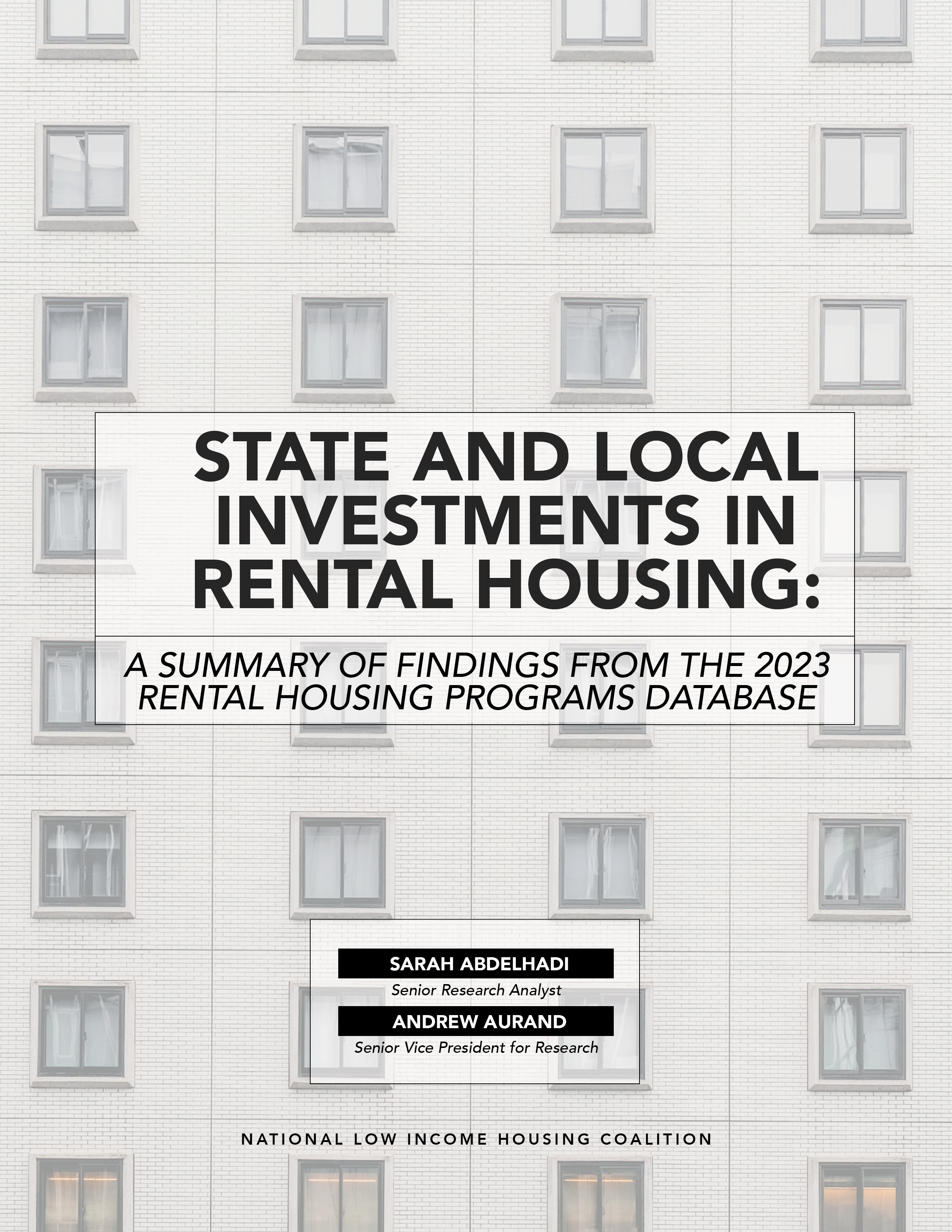NLIHC and CBPP Release Updated Rental Housing Programs Database and Accompanying Report
Oct 19, 2023
NLIHC and the Center on Budget and Policy Priorities released today new updates to the Rental Housing Programs Database (RHPD), a publicly available collection of information on state and locally funded programs that create, preserve, or increase access to affordable rental housing. Created to promote a better understanding of how state and local governments use their own financial resources to close the gap between available federal funding for rental housing and the unmet needs of renters in their communities, the RHPD serves as a resource to help housing advocates, state and local agencies, policymakers, and other interested parties learn about initiatives around the country that can serve as models for programs in their own communities. An accompanying report summarizes the characteristics of the rental housing programs included in the updated RHPD.
The 2023 RHPD focuses on state and locally funded rental housing programs that provide tenant-based rental assistance, project-based rental assistance, capital resources, a combination of rental assistance and capital resources, or tenant tax relief. Detailed information on the scope, objectives, eligibility requirements, priority populations, and other characteristics of programs was collected through surveys completed by program administrators and detailed internet research by NLIHC staff.
The report, State and Local Investments in Rental Housing: A Summary of Findings from the 2023 Rental Housing Programs Database, offers a comprehensive overview of rental housing programs included in the updated RHPD. As of August 2023, 353 active rental housing programs had been identified – including 281 state-funded programs and 72 locally funded programs – across 48 states, the District of Columbia, and 41 cities. Over half of these programs (55.2%) provide capital resources to developers or other entities for the construction, acquisition, rehabilitation, or preservation of affordable rental housing properties; roughly a fourth (26.9%) provide tenant-based rental assistance to cover the difference between total housing costs up to a specified payment standard and what a tenant can afford to pay.
Learn more about the Rental Housing Programs Database and rental housing programs in your community here.
